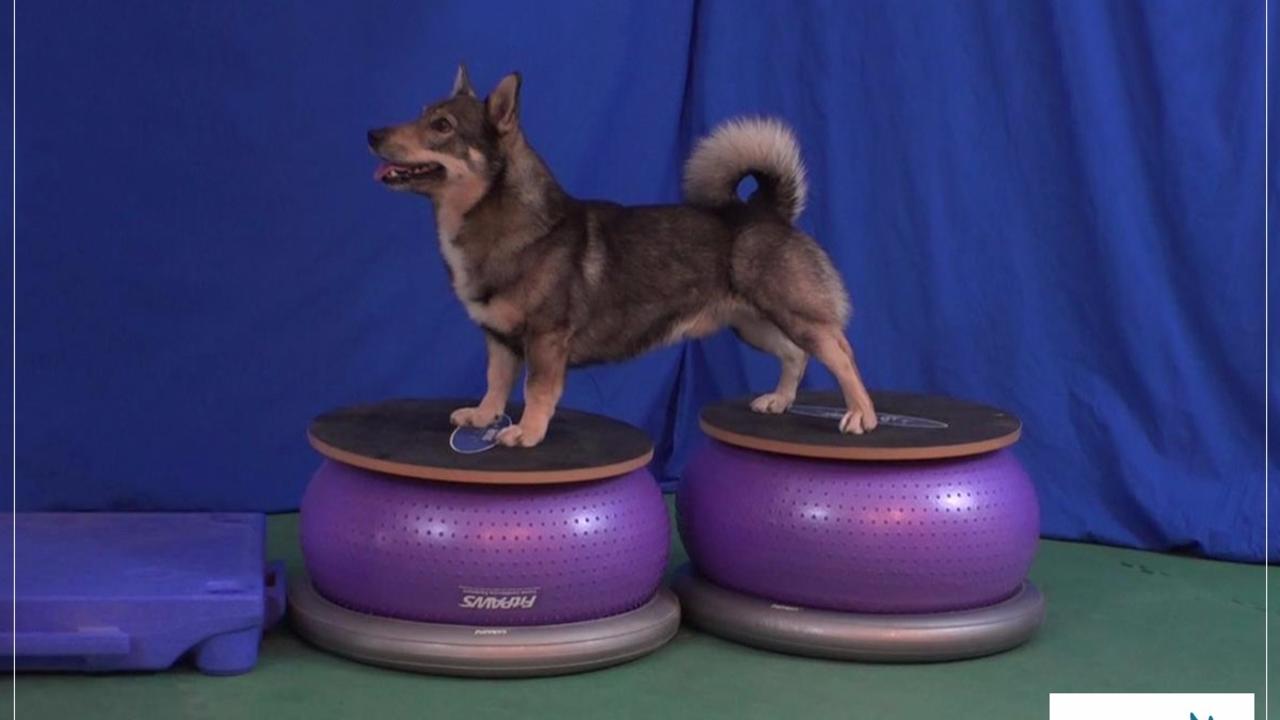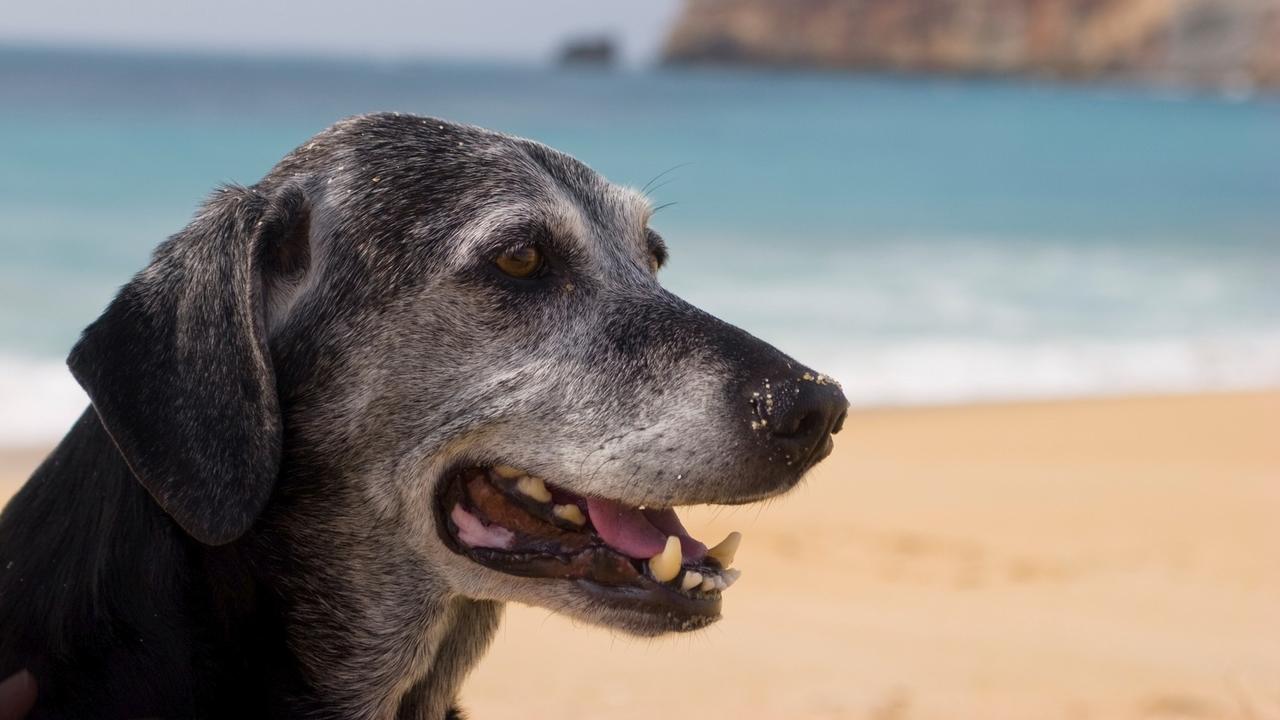Boosting your Dog's Brain through Balance and Exercise

Research clearly shows that exercise boosts the brain.
For years now, we have known that exercise protects against memory disorders, such as Alzheimer's disease. (And people who exercise regularly are 50% less likely to develop dementia.) Dogs who regularly exercise would also be at a lower risk for canine cognitive dysfunction syndrome, a doggie version of dementia.
Exercise also makes you and your dog smarter, with better focus and concentration, and helps your dog learn.
But how does that happen?
Exercise creates new brain cells and increases a growth factor called BDNF, brain derived neurotrophic factor.
This growth factor, BDNF, is a protein that leads directly to brain cells connecting to one another as well as strengthening cells and axons.These connections, called synapses, between cells become more dense. BDNF stimulated connections are an important factor in learning and creating long term memories.
Overall, BDNF makes neurons healthier and is important for the ...
Exercise is the Canine Fountain of Youth

Dr. William Buchan, an 18th century Scottish physician, wrote “of all the causes which conspire to render the life of a man short and miserable, none have the greater influence than the want of proper exercise.”
In people, the aging process typically begins around age 40. Strength begins to decrease and worsens as we age. Aging is the impact of time on the body and happens at different levels - cellular, hormonal, and metabolic.
Almost any type of exercise will slow the aging process, deep within the cells.
Aging, at the cellular level, is based on the number of times a cell has replicated. The more free radical damage there is to a cell, the more often it must replicate. After approximately 50 times of replicating, the genetic material in the cell can no longer be replicated accurately. This is due to shortened telomeres. So cellular aging is determined by the length of the telomeres.
But what’s a telomere?
The telomeres are the caps that sit on the ends of the DNA strands....
The Benefits of Exercise and Fitness for the Retired K9 Athlete

Sooner or later, it happens to everyone’s performance dog - Retirement. While it is the end of your canine athlete's competitive career, it doesn't have to be the end of your dog’s life as a partner in training. And it certainly shouldn't mean that your former athlete should be relegated to the couch to sleep away her remaining days while you and the younger dogs enjoy the sports she once enjoyed. In fact, it's just the opposite! Your retired athlete should hit the “gym” regularly to stay fit and enjoy her retirement. Read on to understand how exercise helps slow the overall aging process and keep your dog young.
Brain power
Working out, balance exercises in particular, help your dog’s brain continue to function at peak levels and slows the onset of canine cognitive dysfunction syndrome, or signs of senility. Balance work is like a crossword puzzle for the brain and body to figure out.
Stay happy
Is your K9 retiree bored or depressed because you and the young “pups” are out ...